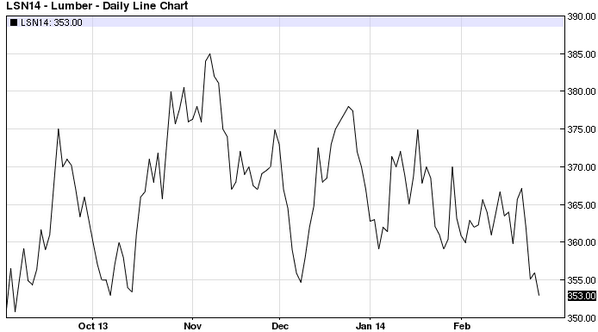The economy is the best it’s been since late 2007. Car sales are higher than ever. The affluent, which comprises many of our subscribers, are doing better than ever.
But clouds are gathering on the horizon and there are thunderstorms ahead.
Since 2000, the average household has seen a decline in real wages and going back even further to 1983, there has been little in the way of progress throughout this entire boom. How can the wealthy keep getting wealthier and leave the average person behind without an outright revolt?
Oil and commodity prices are collapsing, as we forecast years ago, along with the most solid of commodities like gold and silver.
Emerging countries are underperforming because they depend on these commodity exports, while the populations of the developed and wealthy nations get older every year. Demographic trends continue to point downward as they have for years and in many cases, it’s been for decades.
By looking at the numbers in the U.S., both the affluent and car sales are projecting down for the coming years. And as for Europe, it’ll see the brunt of its demographic cliff as we did after 2007 and Japan when it fell off in 1989 and in 1996.
Even countries like South Korea will follow after 2018.
Everyone knows I am a lover of history; it’s in my nature to go back and dig around for facts and figures that most don’t even see. So when I look back at all of the things I’ve learned from my research and from reviewing my own life, I’ve come to a conclusion that stands out… you don’t get something for nothing.
That’s what we’ve gotten for several years now: $14 trillion in global money printed out of thin air to offset the greatest debt crisis, deflation and depression, and the most global, since the 1930s.
I wish I could bring more tidings of good cheer this year… but I can’t.
The more we go into denial and kick the proverbial can down the road, the harder we’ll land when the chickens come home to roost. This is proven by all addictions, including every debt and financial asset bubble in history.
So, if you want to have merry Christmas seasons for all the years to come, you need to do the opposite of what all the experts, economists and politicians are recommending: protect your assets and hunker down for the greatest financial crisis and stock market crash we’ll see in our lifetimes.
Yes, I know that stocks keep defying gravity.
But that’s what happens as every bubble has done throughout history… it keeps expanding, overtaking everything in its path until it bursts so violently that it destroys debt, wealth, businesses and jobs faster than ever.
Yes, with the recent strong showings in the markets against increasingly risky factors like the junk bond debacle in the fracking industries: How could stocks be so ignorant after a subprime crisis in just four states in the U.S. triggered the last global financial crisis?
The markets are on crack and they will end like every crack addict in history — in detox!"
 |
Harry S. Dent JR.
Senior Editor, Economy & Markets |








.png)










